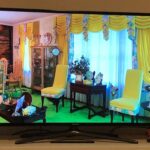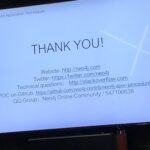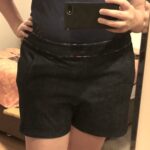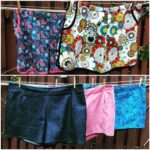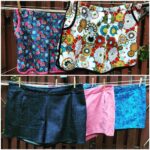@maciejwalkowiak @starbuxman This isn’t a very helpful thing to say. You’re not giving new folks any context for the opinion, just slamming a tool. I know what you’re going for, but please reconsider buying in to contempt culture.
I almost wish I hadn’t seen @aurynn’s talk contempt culture last year, because now I see it everywhere and it depresses the hell out of me. https://t.co/cgNARiM5dH
@JM77 You could just command-shift-T to bring it back though?
Such geeks. 😂 #drwho @justosophy https://t.co/VfiXBuhv7B
Learning about graph traversal from Joshua Yu from @neo4j. Thanks @teamansarada for hosting! #graphdb https://t.co/miA192epbp
TIL that the founder of @neo4j was a big fan of the Matrix. Learning about APOC, a package of 300 awesome user defined procedures on Cypher… #graphdb https://t.co/NWq2A9DpY4
@Xavier_Ho Huh, nope! Had brandy and nutmeg on top?!
Learning quite a lot about graph databases. Good demo from Joshua at @neo4j! #graphdb https://t.co/njdAgCYXG2
Heh. For technical questions, Joshua recommends stackoverflow. 😂 #graphdb https://t.co/RsYDsiv51m
@FourRedShoes Seen it. Really excellent. 🙂
@knitterjp @evanderkoogh What he said!
@jesstelford @johnallsopp There aren’t many left. @GGDSydney gave up and moved to Meetup, as did FPSyd. Then you’ve just got the more ad hoc events like @webdirections WDYK and @yow_conf Nights.
Weekly Meetup Wrap – February 18, 2018 – three data-focused meetups with talks from @rachelpedreschi, @FPHeld, @orchyluke, @AstroHyde! https://t.co/3ixFloMiKV
@lottejackson Whoa. 😍
@chrisgander @awesomentl @newcastleherald There’s already one in Sydney! Rodd went there on a team outing recently: https://t.co/XVsbgcQv6z
@gilmae That’s a good reason. I can think of lots more. That original tweet made me mad, as you can imagine. 🙂
@gilmae I would guess that fully 50% of your tweets are subtweets. 😂I’m just annoyed I didn’t catch that one when it happened. Probably better that I didn’t as I was able to let go of my rage.
@inetaborigine @yow_conf @Amys_Kapers @evanderkoogh @samnewman @Mandy_Kerr Hey, I’ll be there from Thursday too! If drinks or lunch or something happen, let me know. 🙂
RT @yow_conf: One of our fave #DataQuality talks from @markhibberd at #yowsg: https://t.co/I0QE5xC5VY
Don’t forget to join fellow data pro…
@chrisgander @awesomentl @newcastleherald You’re not allowed to drink while throwing though – that part comes after. Safety first!

